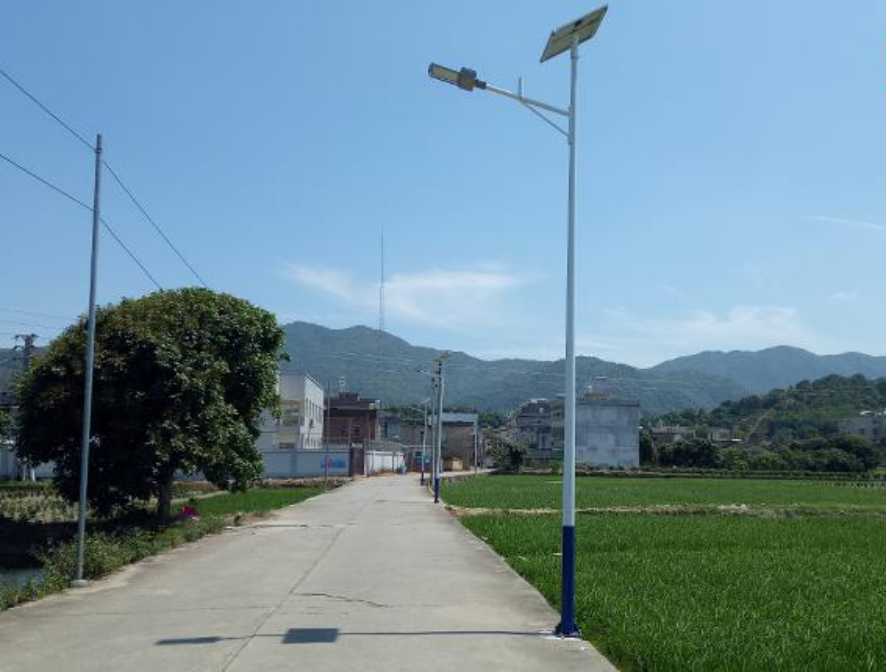BETTER TOUCH BETTER BUSINESS
Contact Sales at Litel Technology

Starting from April 2020, Japan’s new regulations on feed-in tariffs (FIT) will take effect. The content of the new regulations is mainly aimed at the self-consumption requirements of Photovoltaic systems from 10 kW to 50 kW, as well as new tax plans.
Japan hopes to divide renewable energy into two types of energy to promote Photovoltaic installations: Competitive energy and Local consumed energy. Large-scale Photovoltaic power plants are positioned as a competitive source of electricity and are integrated into the FIP plan for the electricity market. At the same time, systems below 50 KW, mainly connecting small commercial Photovoltaic systems with low-voltage networks and residential arrays, are listed as local consumed energy for self-consumption and community consumption.
Photovoltaic systems with a power between 10 KW and 50 KW must comply with the two regulations of the new plan. Firstly, the system must achieve a self-consumption ratio of at least 30%. The project owner needs to submit a self-use plan when applying for on-grid electricity price approval because the output power needs to be monitored during operation. Secondly, it relates to the emergency of a power grid outage. The project owner needs to provide at least one external power outlet for power supply.
As far as agricultural Photovoltaic systems are concerned, they range from 10 KW to 50 KW, and there is no self-consumption requirement because the farm's demand for electricity is negligible. Nevertheless, the agricultural Photovoltaic system must meet the power outage operation requirements and other rules formulated by the Ministry of Agriculture, Forestry and Fisheries, (MAFF).
In Japan, the land available for Photovoltaic installations is limited, and "solar sharing" is considered a promising Photovoltaic application. According to MAFF, "Solar energy sharing" means that the Photovoltaic array can run on farmland while agricultural activities continue, without affecting agricultural activities. MAFF issued a regulation on so-called solar energy sharing in 2013, which specifies the requirements for installing Photovoltaic power generation on agricultural land. If the system meets multiple conditions, these rules will be allowed temporary dual use of farmland. In other words, the Photovoltaic system can be temporarily removed, giving priority to helping crops get the best sunshine. Meanwhile, farmers are requested to report the harvest status once a year, and the crop output should be maintained at more than 80% of the output before the installation of the Photovoltaic system.
According to Takeshi Magami of Chiba Eco-Energy, a Japanese leader in agricultural Photovoltaics, if 1% of Japan’s farmland is used for Photovoltaic power generation, Japan can install about 30 GW of agricultural PV capacity.
Copyright © 2025 Guangzhou Litel Technology Co.,Ltd. | All Rights Reserved
We are here to help you! If you close the chatbox, you will automatically receive a response from us via email. Please be sure to leave your contact details so that we can better assist